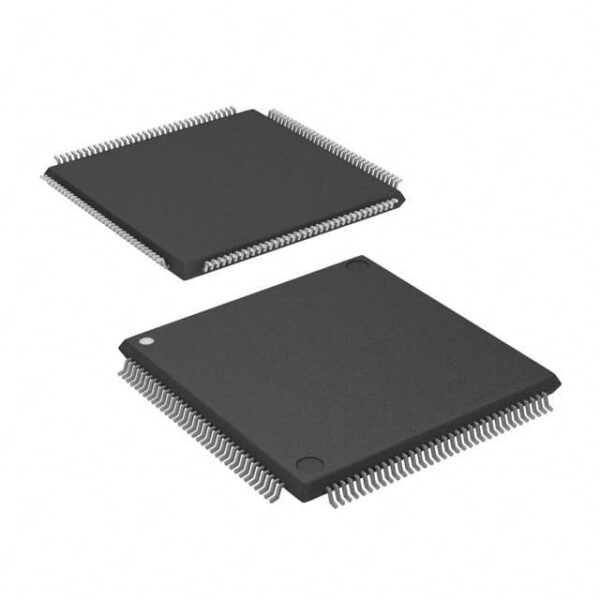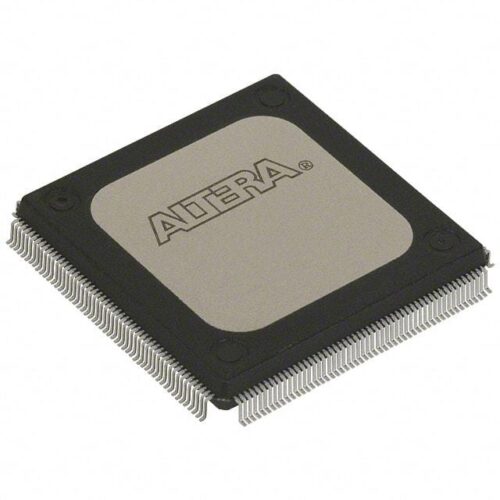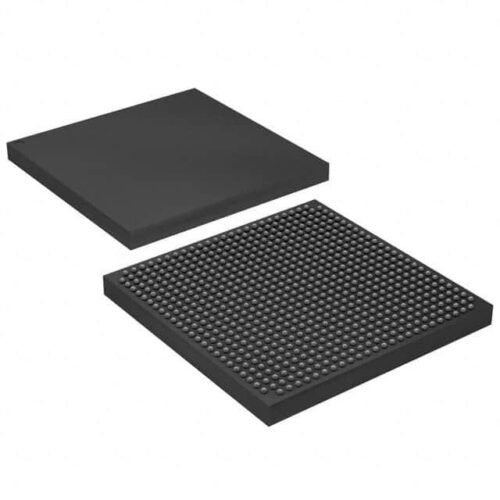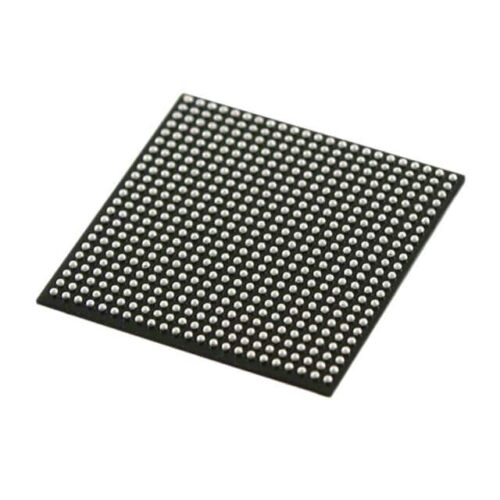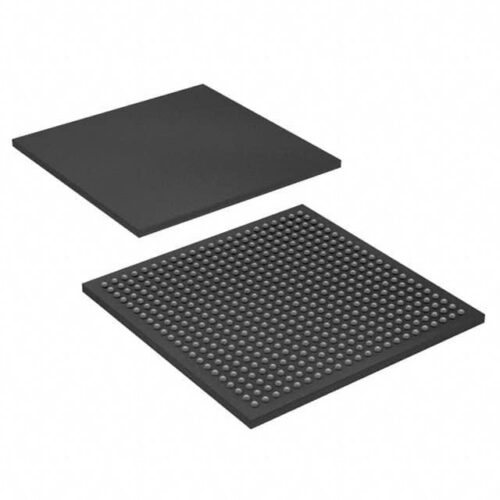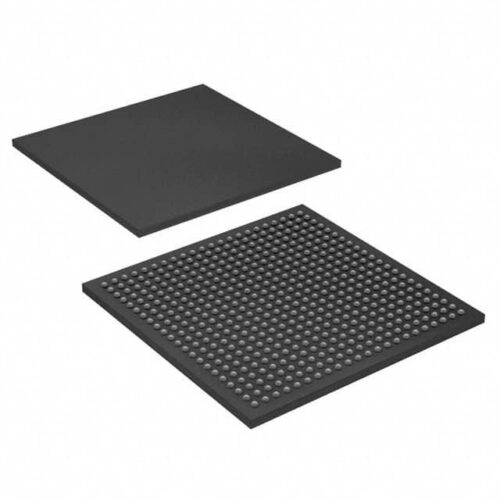| Specification of EP1C3T144I7N | |
|---|---|
| Status | Obsolete |
| Series | Cyclone? |
| Package | Tray |
| Supplier | Intel |
| Digi-Key Programmable | Not Verified |
| Number of LABs/CLBs | 291 |
| Number of Logic Elements/Cells | 2910 |
| Total RAM Bits | 59904 |
| Number of I/O | 104 |
| Number of Gates | – |
| Voltage – Supply | 1.425V ~ 1.575V |
| Mounting Type | Surface Mount |
| Operating Temperature | -40C ~ 100C (TJ) |
| Package / Case | 144-LQFP |
| Supplier Device Package | 144-TQFP (20×20) |
Applications
The EP1C3T144I7N is versatile and can be applied across various industries due to its robust performance and flexibility.
- Automotive: Used in advanced driver-assistance systems (ADAS) for enhanced safety features like lane departure warning and adaptive cruise control.
- Industrial Automation: Ideal for machine vision applications that require high-speed image processing and precise control.
- Consumer Electronics: Suitable for smart home devices such as security cameras and smart speakers, offering reliable performance under varying conditions.
- Medical Devices: Can be utilized in portable diagnostic tools that demand high reliability and low power consumption.
- Telecommunications: Supports complex signal processing tasks in mobile base stations, ensuring efficient network operations.
Operating Temperature: -40°C to +85°C
Key Advantages
1. High Performance: Equipped with advanced processing capabilities that support high-speed data transfer and complex algorithm execution.
2. Compact Design: Features a small form factor which makes it suitable for space-constrained environments without compromising functionality.
3. Power Efficiency: Designed with energy-saving technologies that reduce power consumption while maintaining optimal performance levels.
4. Certification Standards: Meets stringent industry certifications ensuring compliance with international quality and safety regulations.
Frequently Asked Questions
Q1: What is the maximum clock frequency supported by the EP1C3T144I7N?
A1: The EP1C3T144I7N supports a maximum clock frequency of up to 66 MHz, providing sufficient bandwidth for high-speed data processing tasks.
Q2: Is the EP1C3T144I7N compatible with existing hardware?
A2: Yes, the EP1C3T144I7N is backward-compatible with most existing hardware interfaces, making it easy to integrate into new projects without significant modifications.
Q3: In what specific scenarios would you recommend using the EP1C3T144I7N?
A3: The EP1C3T144I7N is recommended for scenarios requiring high-performance computing within limited spaces, such as embedded systems in consumer electronics and industrial automation.
Other people’s search terms
– High-performance FPGA solutions
– Compact FPGA design for IoT applications
– Energy-efficient FPGA technology
– Industry-standard FPGA certification
– Advanced FPGA for automotive applications

